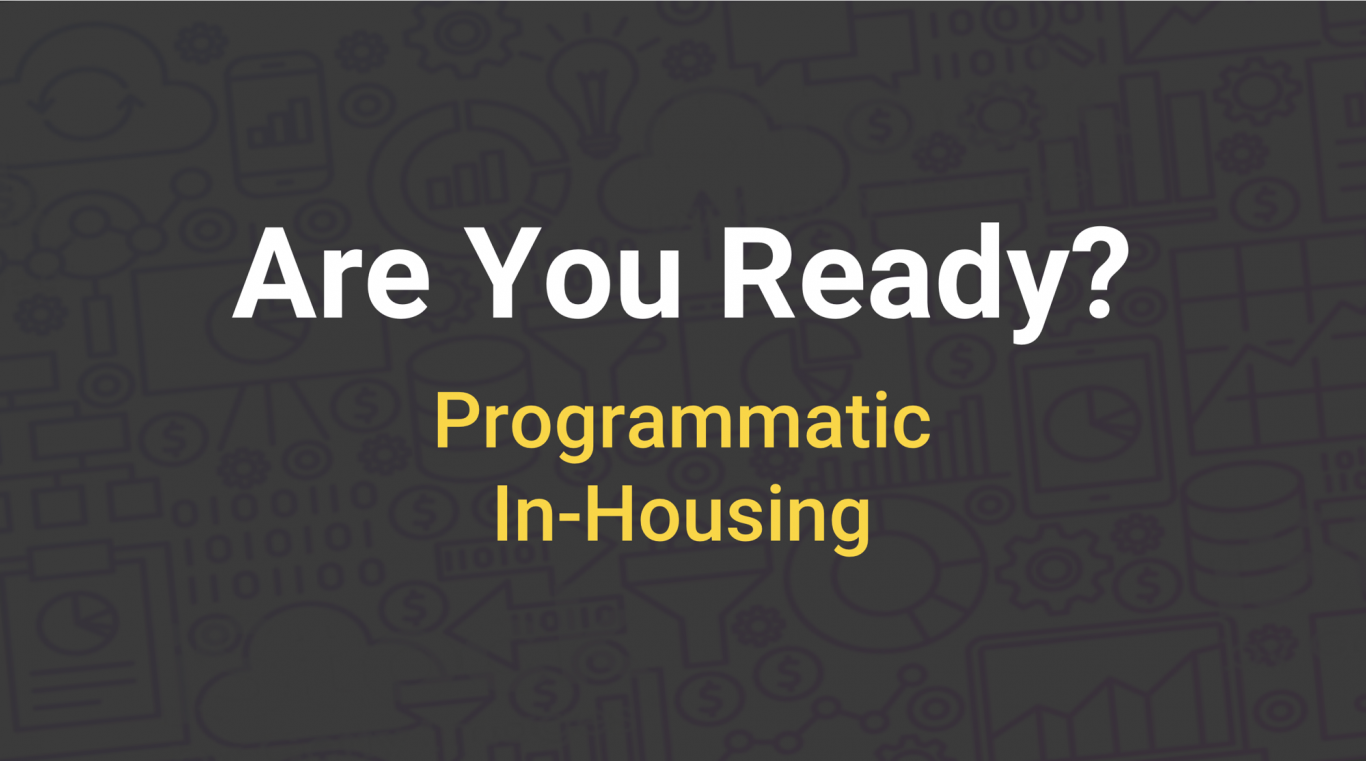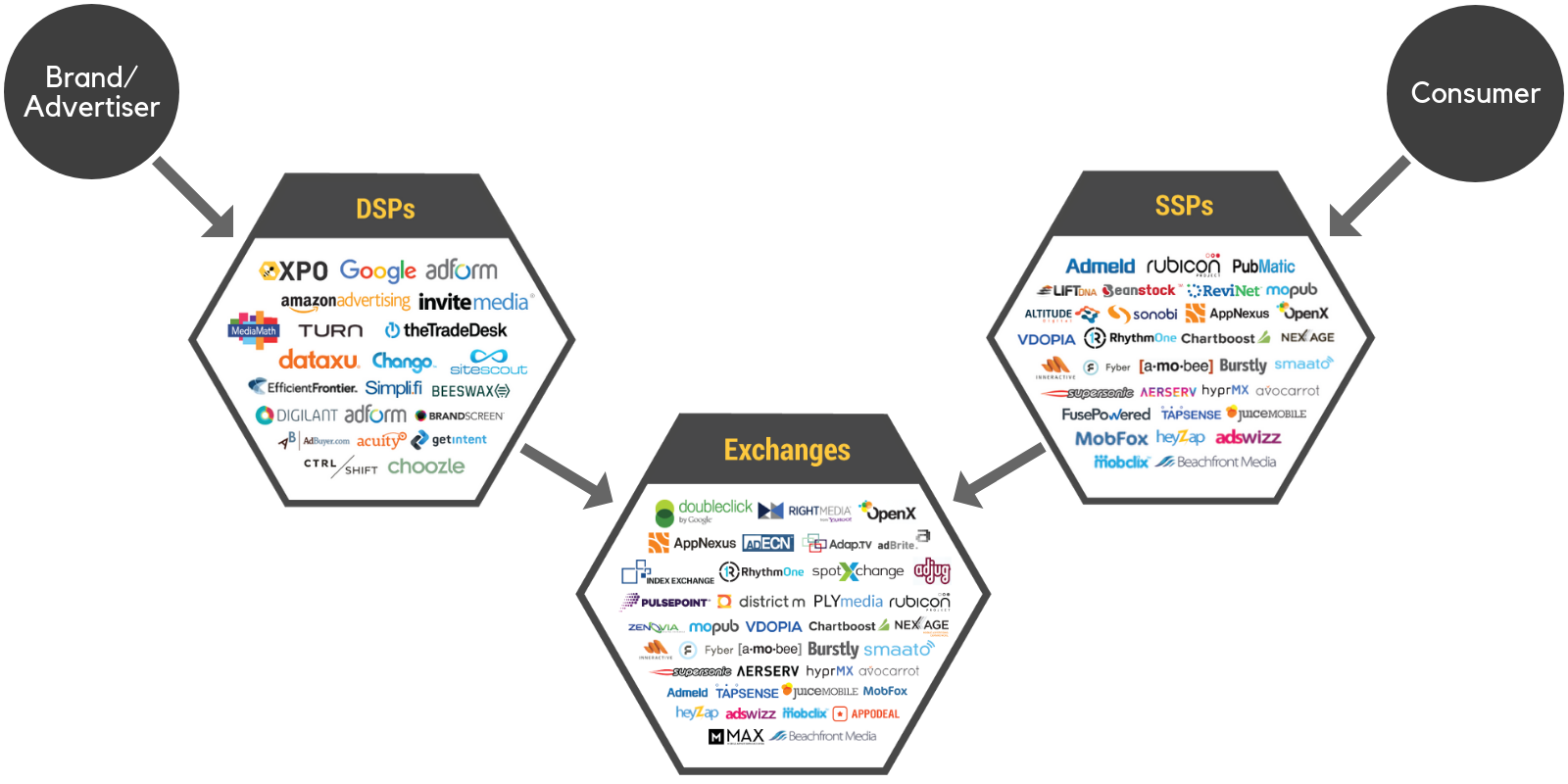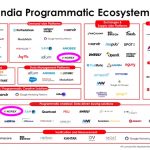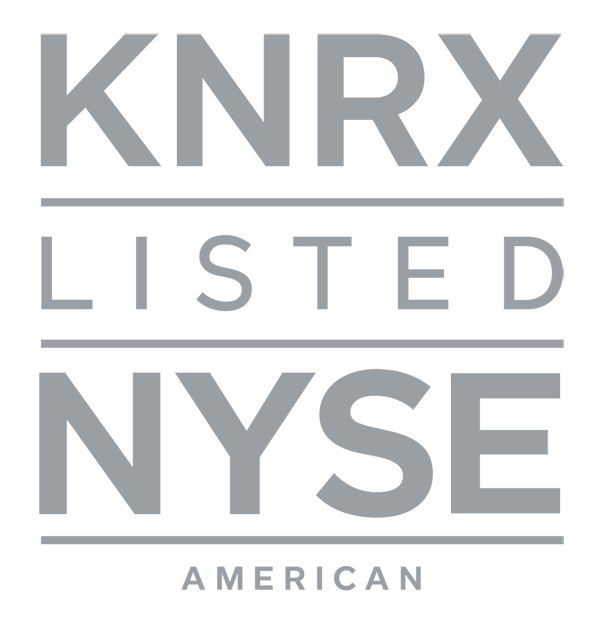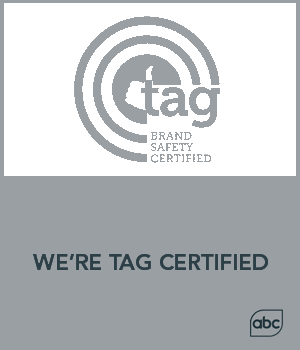Table of Content
Already the primary fabric of ads trading in the new digital advertising environment, programmatic advertising adoption has fast tracked in recent times. Just a few years earlier, there were misconceptions of programmatic advertising abound.
Fortunately, many positive developments led by the concerted effort of the industry have happened and continue to evolve and improve for the overall development.
For the benefit of those who are new to programmatic advertising, check out these really wonderful guides (Guide 1: How Programmatic Advertising Works and Guide 2: How an Ad is Served with Real Time Bidding (RTB) – IAB Digital Simplified) to get a quick introduction. In a nutshell, programmatic advertising refers to using software programs to automate the ad management, buying and measurement processes.
Now as to how we have evolved since the introduction of Programmatic Advertising, let’s revisit these myths to ascertain its veracity.
Myth 1: Programmatic Buying Means Buying Low Quality, Leftover Inventory
FACT: True earlier on as many publishers were testing water and naturally only fielded their so called remnant inventory. Publishers generally reserve their best and premium inventory for own selling. One often misconception here is Programmatic Advertising is only limited to open auction bidding ie via real-time bidding. In fact, Programmatic Advertising does preclude programmatic direct and private exchanges where all kinds of inventory can be purchased programmatically including the “premium” placements that had previously been held private and via PMP (private marketplace or also known as preferred deals), refer to the chart below:
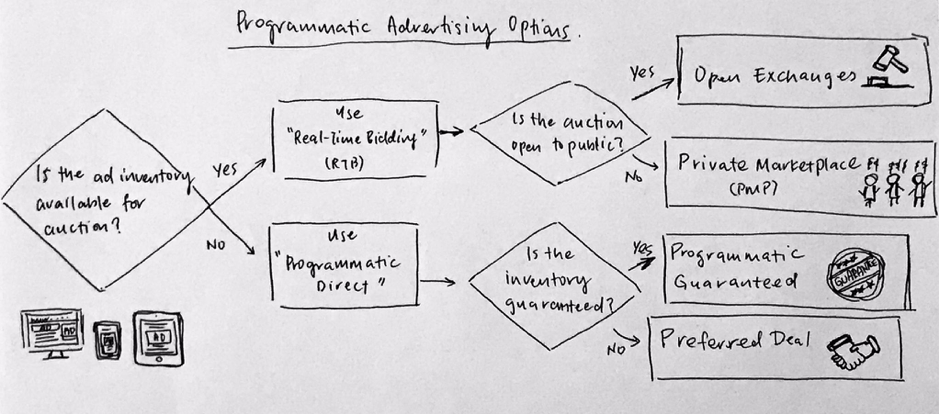
Referenced from eMarketer
Increasingly, publishers have now shifted more and more of their inventory via programmatic means while managing their inventory through a mix of auction and private deals as they realized the benefits of increased efficiency while still retaining the control that they require. For advertisers, this welcomes greater effectiveness, access to the spectrum of digital advertising formats and an ability to bring data into their media buys. With programmatic, advertisers now have access to virtually every site and apps globally that participates in this efficient protocol.
One can access to buy inventory covering display, mobile, video, native, rich media, audio/radio and now even TV. We are already witnessing more and more Brands and Agencies using programmatic as a means to power their branding campaigns, thus motivating publishers to further release premium inventory for programmatic buying.
Myth 2: Programmatic is About Buying Cheap
FACT: To be sure, there is a difference between buying low (e.g. in stock market) and buying cheap then there is also buying optimal (e.g. buying at the ‘right’ price though this concept has no parallel in the stock market). Programmatic enables all of the above, naturally. The restriction has to come from our practice and decision.
Buyer may lean towards buying cheap impressions instead of acquiring valuable/quality impressions at times while increasingly, there is greater emphasis on optimal i.e. taking into account of multiple factors when it comes to buying decision. Instead of solely focusing on price there is now consideration for achieving the objective/goal and hence getting to the ‘right’ price where right is as defined by one’s objective.
Paying (slightly) higher to get a fulfilment of your goal may mean effectively lowering your CPC/CPA since such decision would happen millions or billions of times over the course of a programmatic campaign. Thus, having the sophistication and flexibility to set up your buying requirements would be imperative, especially with the ease of system automation to augment optimization and planning.
Myth 3: Programmatic is only for retargeting/lower funnel
FACT: The traditional consumer journey – AIDA – Attention, Interest, Desire and Action – is now on hyper-mode with journey that can be potentially compressed too. Actual customer journey in the digital age may take multiple paths with vast multitude of touch points and variables.
With programmatic campaigns, you do not target for the last stage of a purchase cycle, but you can start to target the right audiences at the right moment with the personalised messages from the earliest of a consumer purchase journey. So right from the awareness of the product to final purchase and post usage review, programmatic advertising comes handy to ensure continuous dialogue with the intended customer. With Dynamic Creative Optimization (DCO), and right placement with relevant content, every step of customer decision making journey can be covered to ultimately uplift the brand engagement.
Myth 4: My sale comes from the last place the ad was seen from
FACT:
Attribution of how you advertise is very important. You spend money on many different channels/mediums/formats and vendors, how do you know which works and which does not. More often than not, consumers do not purchase something from you without first getting exposure to your brand earlier. There were other engagements that might have happened before the last ad was shown. See also a good read on a related topic ‘Why last click should be your last choice – #backtothefuture’ from The Drum.
It’s important to look at the whole journey and understand where your customers are spending their time; to experiment with various tactics that bring the most impact on your customer deciding-making into buying from you.
